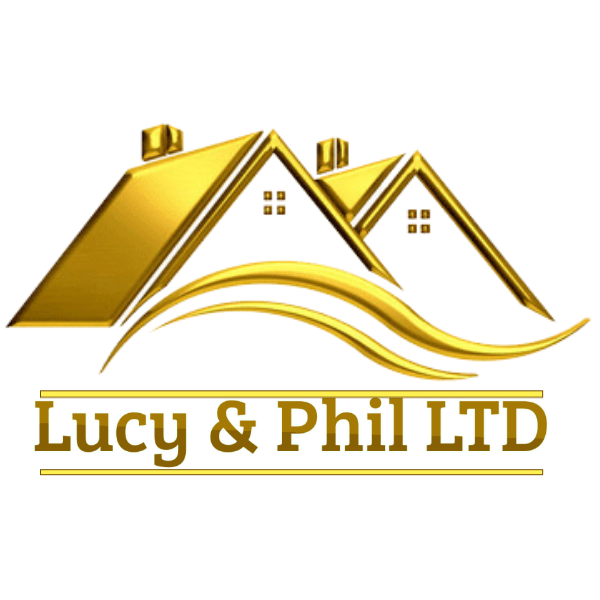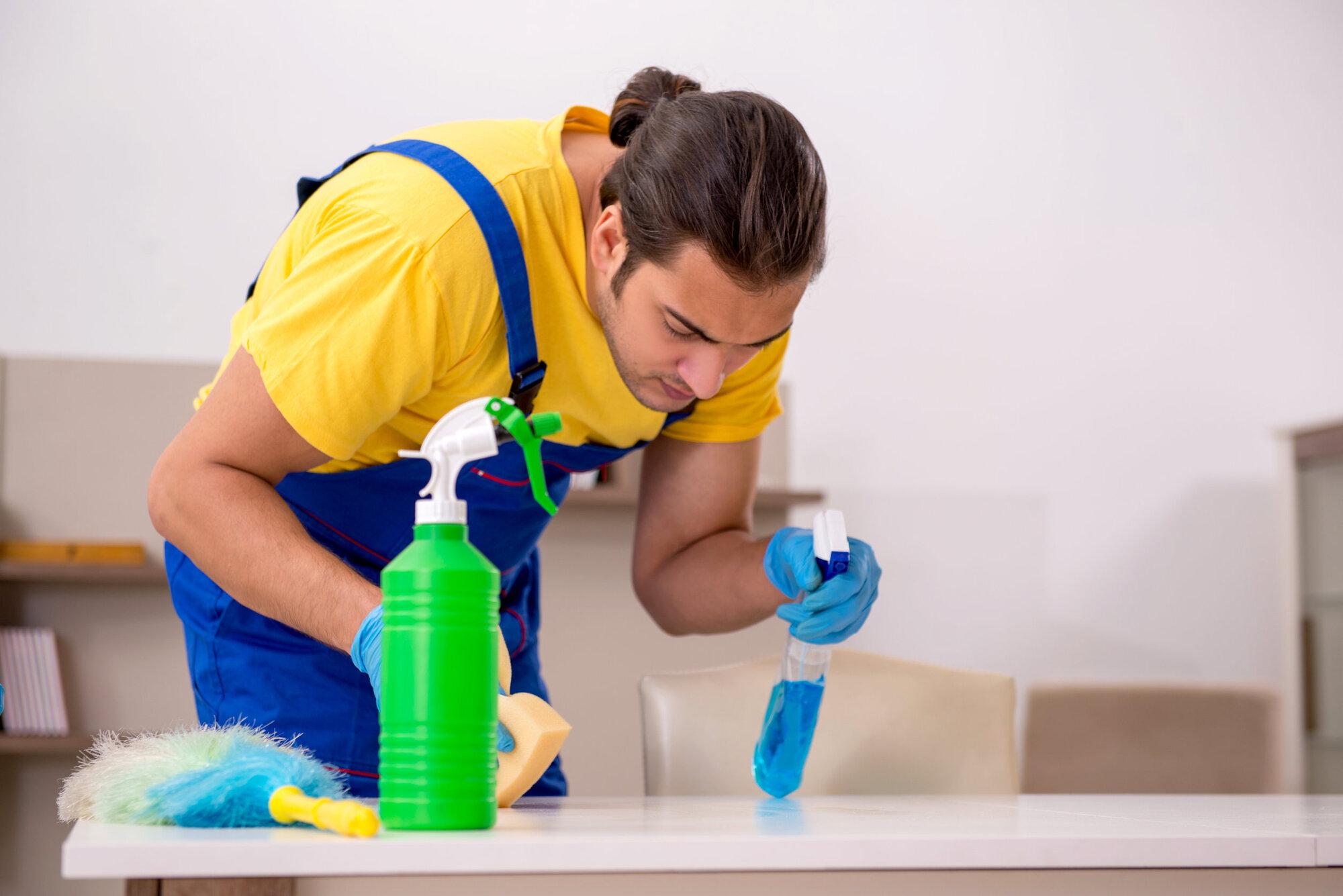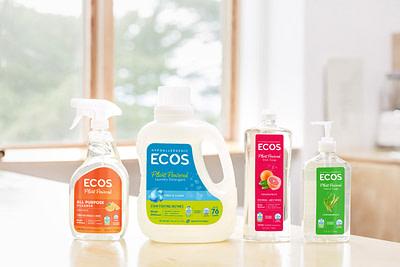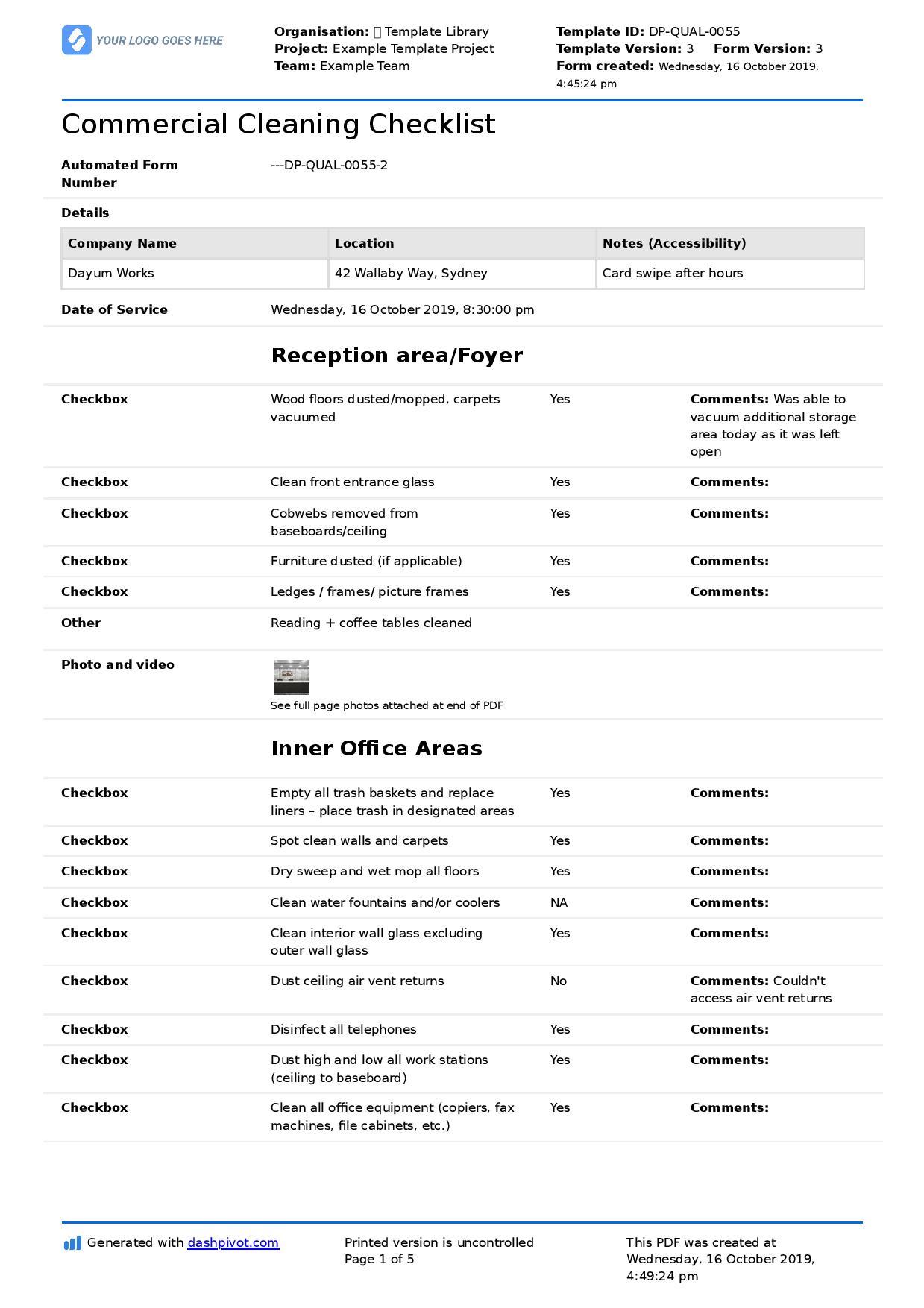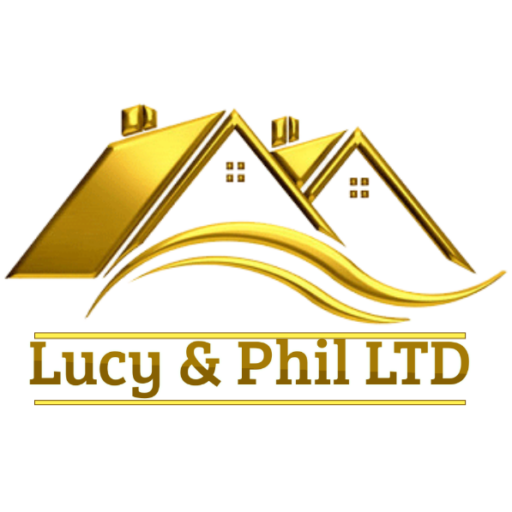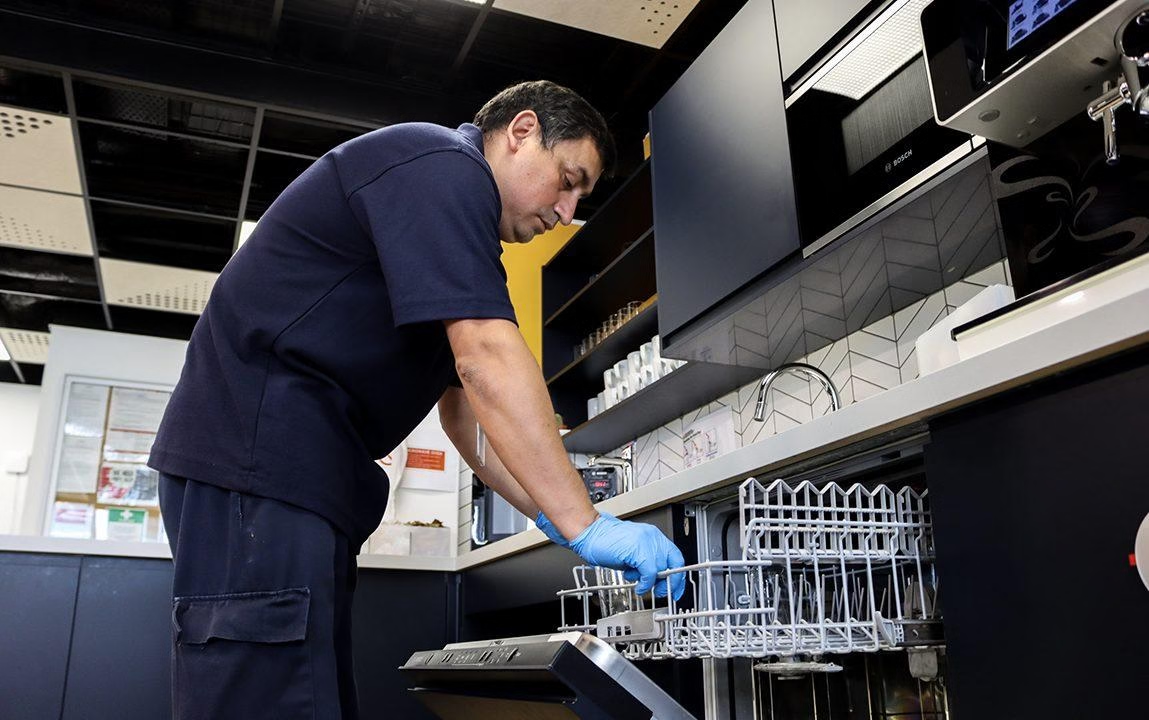
From glass-fronted offices in London to manufacturing hubs in the Midlands and heritage venues in Edinburgh, the spaces where the UK works all share a quiet constant: they need to be kept clean, safe, and ready for people. Commercial cleaning services in the UK sit behind the scenes of that daily rhythm, blending routine tasks with specialist skills to meet the demands of modern workplaces-whether that’s high-footfall retail, regulated healthcare environments, schools, or construction sites between phases.
The sector has evolved quickly. Hygiene is now part of risk management and employee wellbeing, while sustainability targets and compliance frameworks shape how cleaning is delivered. Providers balance daytime and out-of-hours schedules, deploy methods from periodic deep cleans to infection control, and navigate standards, accreditations, and supply chains that span the country. Technology plays a growing role too, from electrostatic disinfection and robotic scrubbers to data-led quality checks, all underpinned by training and safety practices.
This article looks at how the UK market works, what services are typically included, the regulations and certifications that matter, and the factors that drive cost and performance. It also outlines how to evaluate a provider-scope, frequency, environmental credentials, regional coverage, and service-level agreements-so you can align cleaning with the realities of your site and the expectations of the people who use it.
Table of Contents
- UK compliance made practical HSE guidance COSHH training and accreditations to require during procurement
- Service models that work daily cleaning periodic deep cleans and transparent pricing benchmarks for multi site portfolios
- Sustainability that pays off eco friendly products waste reduction and energy efficient equipment with supplier checklists
- Technology and quality control digital audits clear KPIs and scheduled reviews to keep sites consistently spotless
- Wrapping Up
UK compliance made practical HSE guidance COSHH training and accreditations to require during procurement
Choosing a cleaning partner in the UK demands more than a glossy proposal-it demands verifiable safety systems. Look for operations built around HSE risk management, with a living COSHH inventory, up-to-date Safety Data Sheets (SDS), and site-specific RAMS that cover dilution, storage, transport, and disposal. Robust competence is evidenced by formal inductions, a signed training matrix, and supervisor audits, reinforced by colour-coding to prevent cross-contamination and clear spill and sharps protocols. Environmentally aware practice should reflect ISO 14001 principles and Duty of Care for waste, using low-VOC products and licensed carriers. Transparency matters: insist on audit trails, near-miss reporting, and worker-friendly instructions displayed on-site.
- RAMS: task steps, PPE, isolation, signage, emergency actions.
- COSHH register: product list, SDS dates, exposure controls, first-aid notes.
- Training evidence: inductions, toolbox talks, refreshers, supervision logs.
- Operational hygiene: colour-coding, sharps & spill kits, safe storage.
- Assurance: insurance levels, DBS where needed, incident reporting cadence.
| Accreditation | Purpose | Quick check |
|---|---|---|
| ISO 9001 | Quality control | Current cert; scope covers cleaning |
| ISO 14001 | Environmental management | Objectives include chemicals & waste |
| ISO 45001 | Health & safety | Hazard process and worker input |
| SSIP (CHAS/SafeContractor) | Competency assurance | Active status screenshot |
| BICSc | Operative skills | Valid cards or certs |
| Waste Carrier Licence | Legal waste transfer | Upper tier number |
During procurement, set minimum standards as pass/fail criteria and audit them before award. Require independent validation (e.g., SSIP via CHAS or SafeContractor), management systems (ISO 9001/14001/45001), and evidence such as insurance certificates, equipment PAT records, DBS screening where relevant, emergency plans, and COSHH assessments for each product. Ask for proof of toolbox talks in the last quarter and spill-response drills in the last six months. Agree measurable KPIs-ATP hygiene tests, audit scores, response times-and hardwire them into the contract with escalation steps. The right documents don’t just tick boxes; they reduce liability, safeguard people, and keep your sites inspection-ready.
Service models that work daily cleaning periodic deep cleans and transparent pricing benchmarks for multi site portfolios
A modular framework keeps standards consistent across multiple locations: a stable spine of daily cleaning supported by planned periodic deep cleans, governed by portfolio-wide SLAs that flex to footfall, risk, and business hours. Central scheduling, local supervision, smart quality audits, and a single consumables and compliance playbook ensure brand-level cleanliness without stifling site-level nuance.
- Core daily scope: touchpoints, washrooms, floors, waste, consumables
- Periodic bolt‑ons: carpets, kitchens, high‑level, ducts, washroom descale
- Specialist cover: food‑safe, clinical, data rooms, stat visits
- Event & surge: peak retail, fit‑out handovers, seasonality
- Hours strategy: day porterage vs out‑of‑hours to match occupancy
- Sustainability: chemical‑lite systems, microfiber loops, waste segregation
| Portfolio tier | Daily scope | Periodic cycle | SLA metric | Guide £/m² | Typical sites |
|---|---|---|---|---|---|
| Essential | Core hygiene | Quarterly | 95% QA | 0.85-1.10 | Warehouses, back‑office |
| Enhanced | Front‑of‑house + hygiene | Bi‑monthly | 97% QA | 1.10-1.60 | Retail, call centres |
| Premium | Hospitality‑grade | Monthly | 98.5% QA | 1.60-2.40 | HQs, showrooms |
For transparent pricing across multi‑site portfolios, anchor costs to open‑book drivers-labour bands (UK Living Wage+), hours window, risk category, consumables, and management-then benchmark by tier to keep comparisons fair. Use the matrix above as a directional guide (rates vary by region, TUPE scope, and complexity), lock SLAs to measurable outcomes, and let monthly and quarterly reviews shift volume between daily routines and deep cleans without breaking budget predictability.
Sustainability that pays off eco friendly products waste reduction and energy efficient equipment with supplier checklists
Sustainable specs drive real savings when cleaning teams switch to concentrated formulations, smart dosing, refillable bottles, and durable microfibre systems. Fewer deliveries, leaner storerooms, and reduced plastic all trim operating costs while meeting client ESG targets. Pair this with low-energy machines that feature eco-modes, smart sensors, and lithium batteries to cut kWh per shift and noise for out-of-hours work-ideal for offices, education, healthcare, and retail portfolios across the UK.
- Eco-friendly products: EU Ecolabel/Cradle to Cradle options, reduced VOCs, closed-loop refills.
- Waste reduction: concentrate formats, reusable microfibre, right-sized paper and bin liners.
- Energy efficiency: autoscrubbers with eco settings, cordless vacs with high-efficiency motors.
- Proof and reporting: SDS/TDS, EPDs or LCA summaries, monthly KPI dashboards.
| Area | Better Choice | Why | KPI |
|---|---|---|---|
| Chemicals | Concentrates + dosing | Less plastic, fewer deliveries | Cost per litre |
| Paper | FSC recycled | Lower virgin fibre use | Cases per site |
| Machines | Eco-mode autoscrubber | Reduced kWh and water | kWh per shift |
| Waste | Segregation + signage | Higher recycling rate | % diversion |
Build this into procurement with a supplier checklist that verifies credentials, product data, and repairability. Ask partners for measurable outcomes-energy use per clean, plastic avoided, and landfill diversion-reported monthly, site by site. This creates a transparent chain from janitorial cupboard to board report, strengthening tender scores and helping clients align with ISO 14001, BREEAM, and corporate net-zero pathways.
- Credentials: ISO 14001/9001, SafeContractor/CHAS, UKCA/CE where relevant.
- Product proof: SDS/TDS, EN test standards, EPD/LCA summary on request.
- Packaging: PCR content, refill options, take-back schemes.
- Energy & repair: Efficiency ratings, spare parts availability, warranty terms.
- Compliance & ethics: Modern Slavery Act statement, SECR/ESOS where applicable.
- Logistics: Consolidated deliveries, route optimisation, emission-reduced fleets.
- Reporting: Monthly KPIs (kWh, water, plastic, diversion), corrective actions logged.
Technology and quality control digital audits clear KPIs and scheduled reviews to keep sites consistently spotless
From NFC tag check-ins and GPS-verified shifts to photo-led reports and ATP hygiene readings, the modern toolkit turns everyday cleaning into measurable performance. Supervisors complete app-based inspections with timestamped evidence, while exception alerts create instant tasks for teams on the floor. Data rolls up into live dashboards, mapped to UK frameworks such as BS EN 13549, COSHH compliance logs, and ISO 9001 quality routines-so every corridor, kitchen, and meeting room is tracked against a clear standard, not just a checklist.
- Digital audits: Structured site reviews with weighted scoring and photo proof
- Clear KPIs: Targets for response, hygiene, pass rates, and customer sentiment
- Scheduled reviews: Weekly micro-checks, monthly deep dives, quarterly strategy sessions
- Evidence chain: Time, geo, and media logs for transparent accountability
- Smart adjustments: Occupancy and weather signals to tune frequencies in real time
| KPI | Target | Tool | Review |
|---|---|---|---|
| First-Time Pass | ≥ 95% | Audit app | Weekly |
| ATP Hygiene | Low RLU | ATP meter | Monthly |
| Work Order SLA | ≤ 2 hrs | CMMS | Weekly |
| Client Satisfaction | ≥ 4.6/5 | Survey link | Monthly |
With roles, targets, and timeframes visible to everyone, performance conversations become precise and constructive. Trend lines highlight where to coach, where to automate, and where to recalibrate scope; scheduled reviews lock in improvements, while digital evidence shortens feedback loops. The result is a steady cadence of small, provable wins-aligning teams, tech, and client expectations so each site stays reliably clean, audit-ready, and easy to manage.
Wrapping Up
In the UK, where regulations are exacting and expectations are high, commercial cleaning is less a commodity than an ecosystem of standards, schedules, and stewardship. The right provider won’t just empty bins and polish glass; they will align with your sector’s compliance needs, fit seamlessly around your operations, and evidence their impact through clear reporting.
As you weigh your options, look for signals that endure beyond a glossy proposal: accredited training and supervision, transparent risk assessments and COSHH compliance, DBS checks where needed, ISO-aligned quality and environmental management, credible sustainability commitments, and measurable KPIs. Ask for a site survey, clarity on scope and frequency, a plan for TUPE where relevant, and how they handle peaks, audits, and unforeseeables.
In the end, a clean workplace isn’t a perk or a line item-it’s infrastructure. Done well, it protects people, lifts brand perception, supports productivity, and helps you meet ESG goals. Choose with care, set expectations early, and let the small, consistent details do the quiet work of keeping your business ready for what’s next.
